Firenze
2018
You may also like
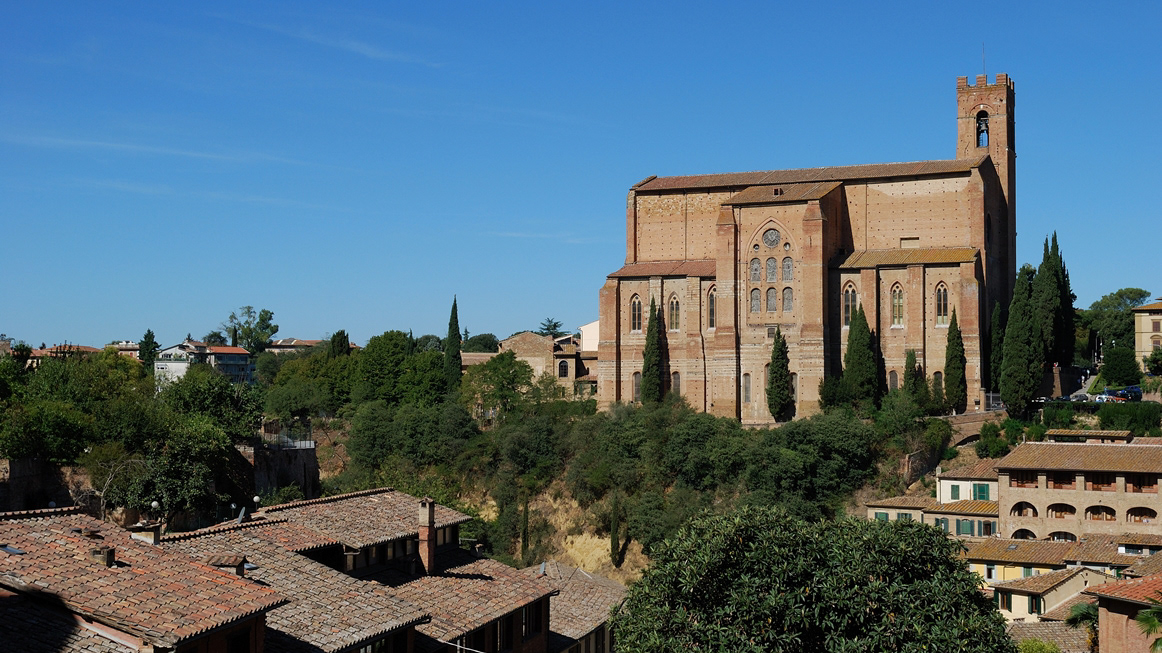
2007
Siena
Siena is an Italian town of 53 818 inhabitants, the capital of the province of the same name in Tuscany. The city is universally known for its huge historical, artistic and landscape heritage and for its substantial stylistic unity of medieval urban furniture, as well as for the famous Palio. In 1995 its historic center was included in the UNESCO World Heritage Site. The city is home to the Banca Monte dei Paschi di Siena, founded in 1472 and therefore the oldest bank in business as well as the longest-running in the world.
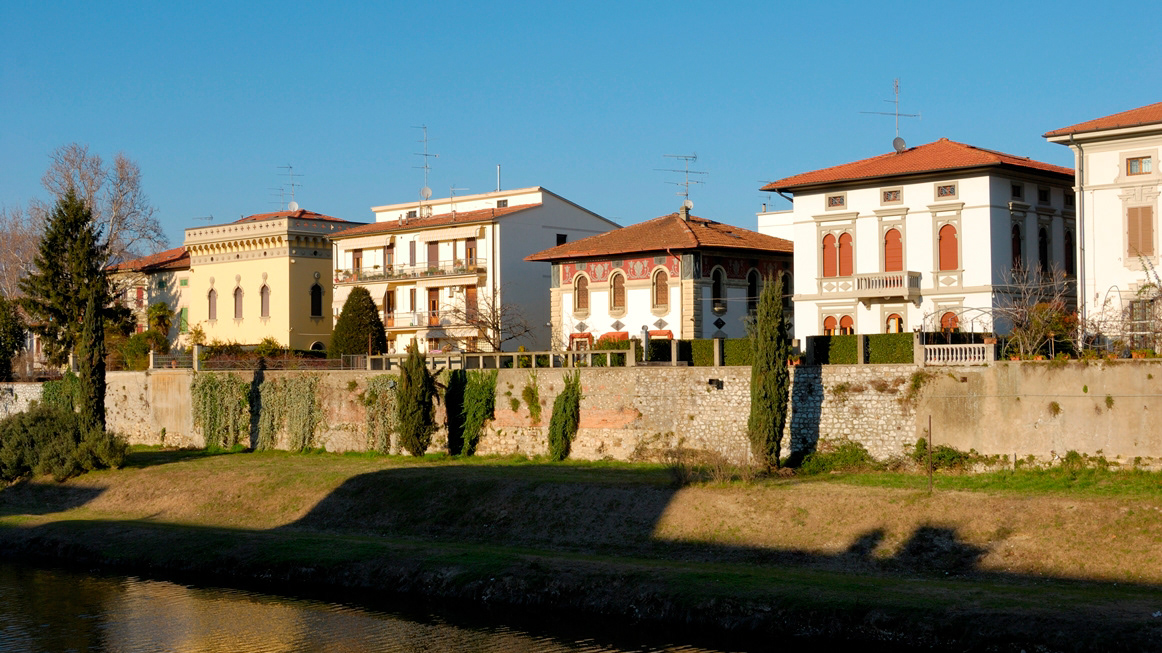
2008
Prato
Prato is an Italian town of 194,390 inhabitants, the capital of the province of the same name in Tuscany. It is the second largest city in Tuscany and the third in central Italy by number of inhabitants after Rome and Florence. Until 1992, the year of the constitution of the province of the same name, it was the most populated non-provincial town in Italy, then in the province of Florence. The Prato plain was inhabited since the Etruscan era, but the birth of the city itself dates back, generally, to the 10th century, when we have news of two contiguous but distinct inhabited centers, Borgo al Cornio and Castrum Prati, which merged during the following century. In the Prato economy, textile production has always played a leading role since the Middle Ages, as evidenced by the documents of the merchant Francesco Datini, but it is in the nineteenth century that Prato saw an impetuous industrial development, which still make it one of the most important districts at the European level. The city boasts historical and artistic attractions of great importance, with a cultural itinerary that begins with the Etruscans and then expanded in the Middle Ages and reached its peak with the Renaissance, when artists of the caliber of Donatello, Filippo Lippi and Botticelli.
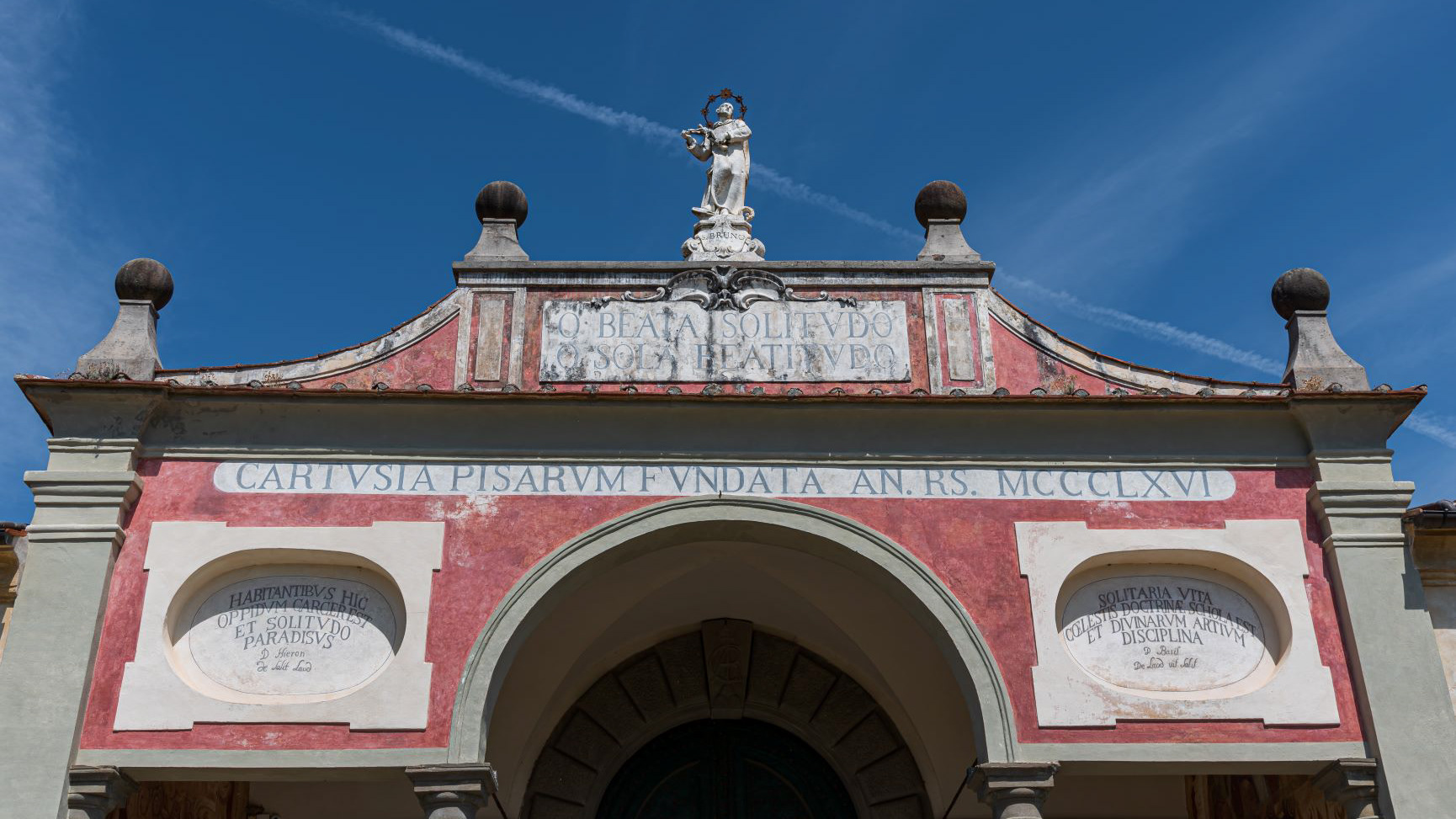
2021
Calci. The Charterhouse of Val Graziosa
The Certosa della Val Graziosa di Calci, commonly known as the Certosa di Pisa or also the Certosa di Calci, is located in the province of Pisa, in the municipality of Calci, in a flat area on the slopes of the Pisan mountains called "Val Graziosa".
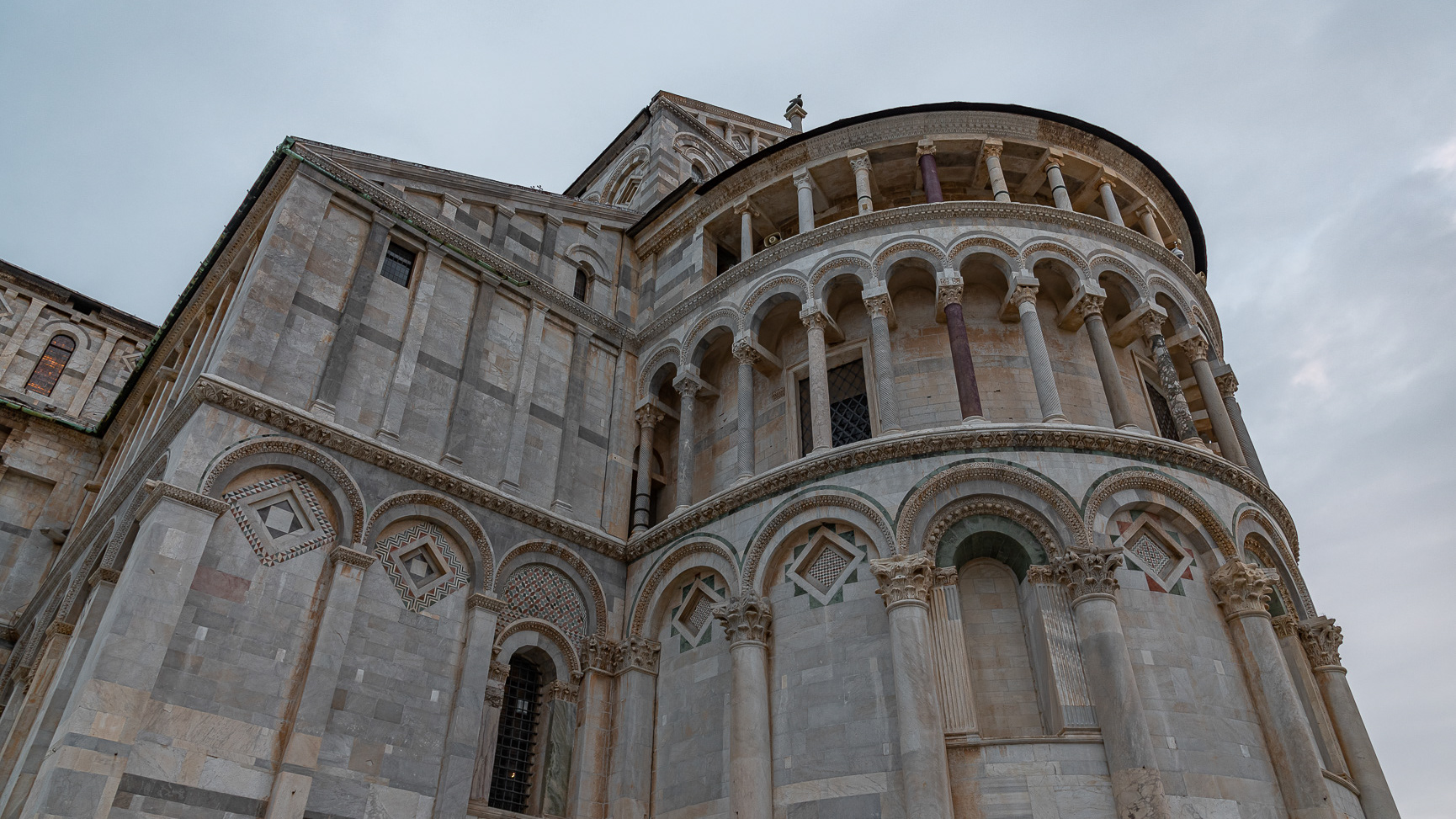
2021
Pisa, the cathedral of Santa Maria Assunta
The cathedral of Santa Maria Assunta, in the center of the Piazza del Duomo, also known as Piazza dei Miracoli, is the medieval cathedral of Pisa as well as the primatial church. Masterpiece of the Romanesque, in particular of the Pisan Romanesque, it represents the tangible testimony of the prestige and wealth achieved by the maritime republic of Pisa at the moment of its apogee. It was begun in 1063 (1064 according to the Pisan calendar in force at the time) by the architect Buscheto, with the tenth part of the booty of the undertaking of Palermo in Sicily against the Muslims (1063) led by Giovanni Orlandi belonging to the Orlandi family [1] . Different stylistic elements come together: classical, Lombard-Emilian, Byzantine and in particular Islamic, proof of the international presence of Pisan merchants at that time. In that same year the reconstruction of the Basilica of San Marco in Venice was also begun, so it may well be that at the time there was a rivalry between the two maritime republics to create the most beautiful and sumptuous place of worship. The church was erected in an area outside the early medieval walls, to symbolize the power of Pisa which did not need protection. The chosen area was already used in the Lombard period as a necropolis and, already in the early 11th century, an unfinished church was erected which must have been dedicated to Santa Maria. The new large church of Buscheto, in fact, was initially called Santa Maria Maggiore until it was definitively dedicated to Santa Maria Assunta.
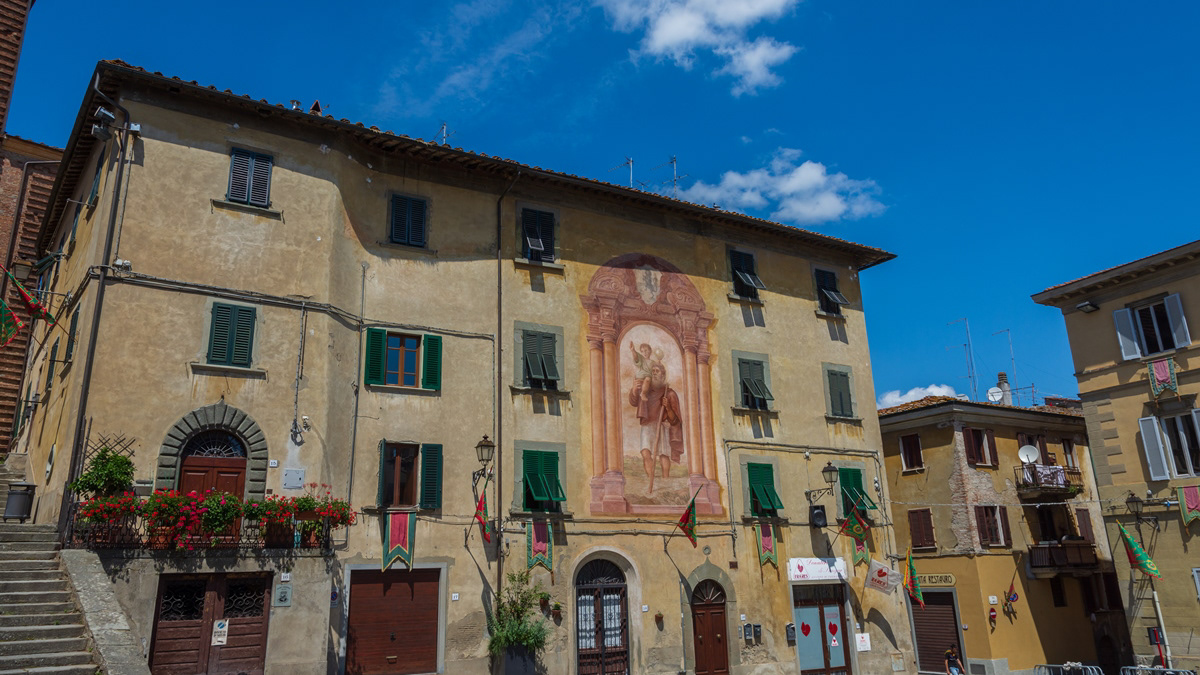
2018
Fucecchio
Fucecchio (pronounced / fuˈʧekkjo /; fučékki̯o, Ficeclum in Latin) is an Italian town of 23,343 inhabitants in the metropolitan city of Florence in Tuscany, in the lower Valdarno. The Municipality is located on the right bank of the Arno river, on the border between the metropolitan city of Florence and the provinces of Pisa, Lucca and Pistoia and near the wet area of the Fucecchio Marsh. Its territory covers an area of 65 km², on average around 25 m s.l.m .; the town extends partly lying on a hill, which since ancient times has taken the name of "Poggio Salamartano", and for the most part in the flat area on its slopes. About 45 kilometers from Florence and 38 from Pisa, included in the Leather District, borders to the north with the municipalities of Chiesina Uzzanese and Ponte Buggianese, to the east with the municipalities of Larciano and Cerreto Guidi, to the south with the municipality of San Miniato and to the west with the municipalities of Santa Croce sull'Arno, Castelfranco di Sotto and Altopascio. The toponym is attested for the first time in 1027 [5] as "Ficiclo", "Ficecli" and "Ficecchio" and derives from the Latin ficetulum with the meaning of "wood of fig, place of figs ".
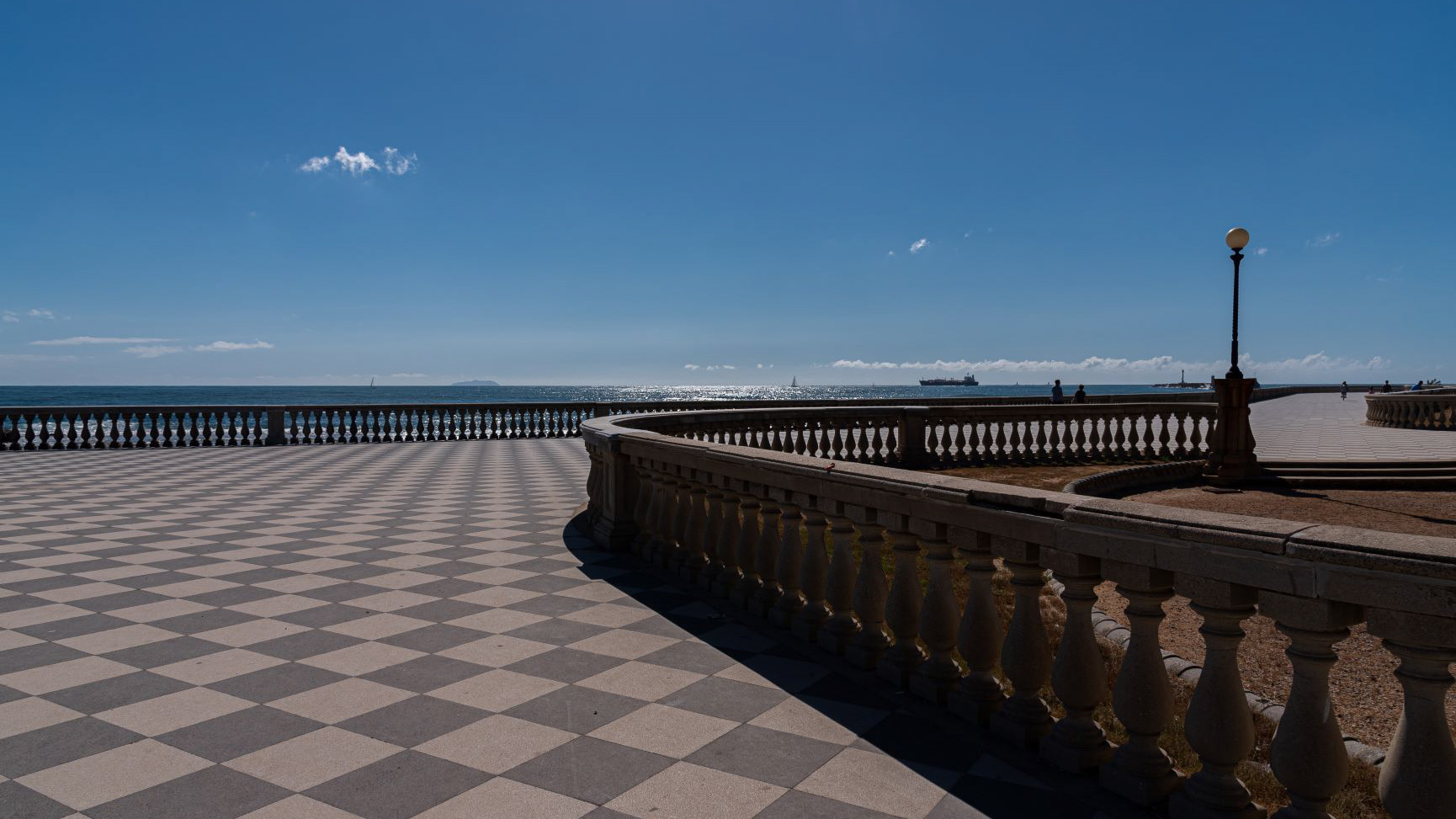
2021
Livorno. The Mascagni Terrace
The Mascagni Terrace is one of the most elegant and evocative places in Livorno and is located on the seafront on the edge of Viale Italia.
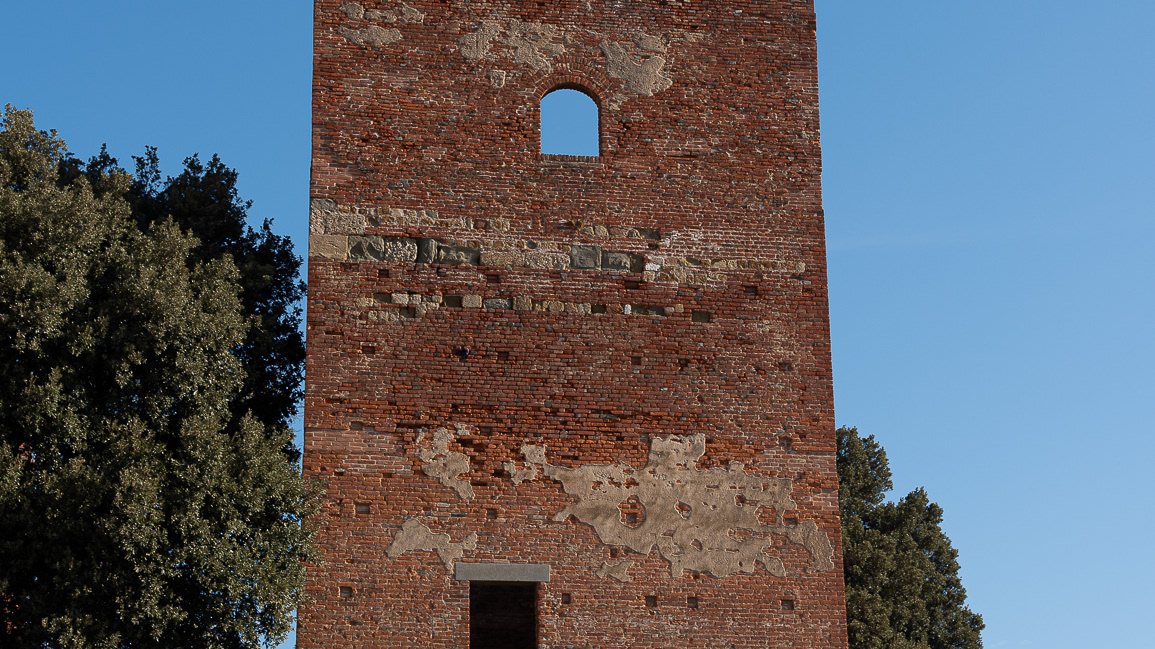
2021
Fucecchio, Tuscany. Corsini Park. The fortified towers
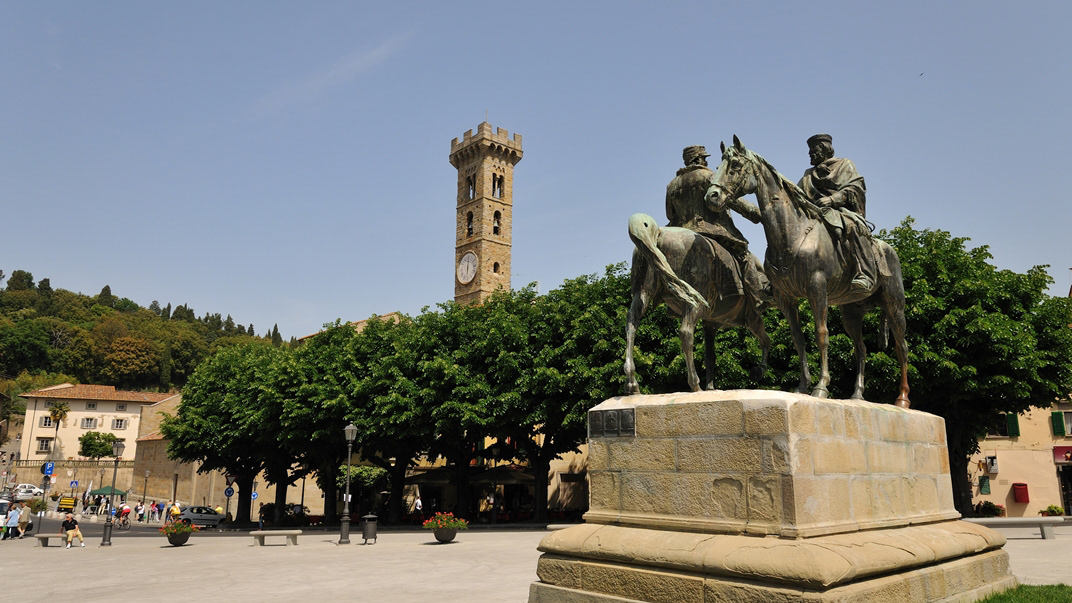
2009
Fiesole
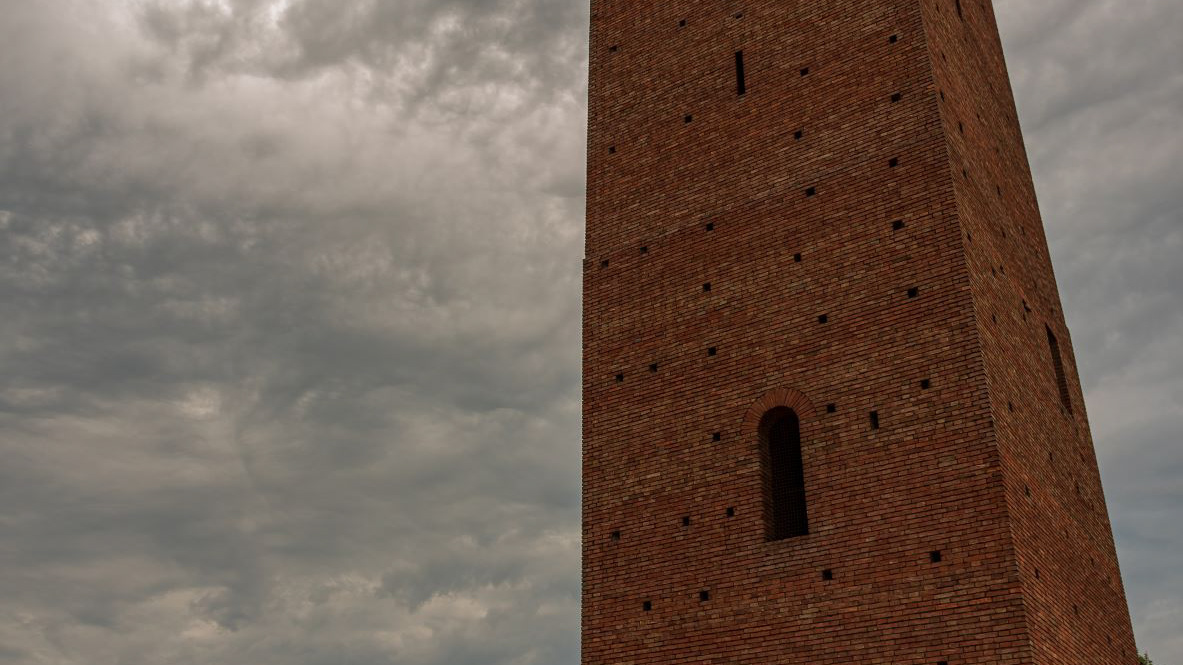
2021
San Miniato, Tuscany. Rocca di Federico

2021
Fucecchio, Tuscany, Italy. Panoramas
